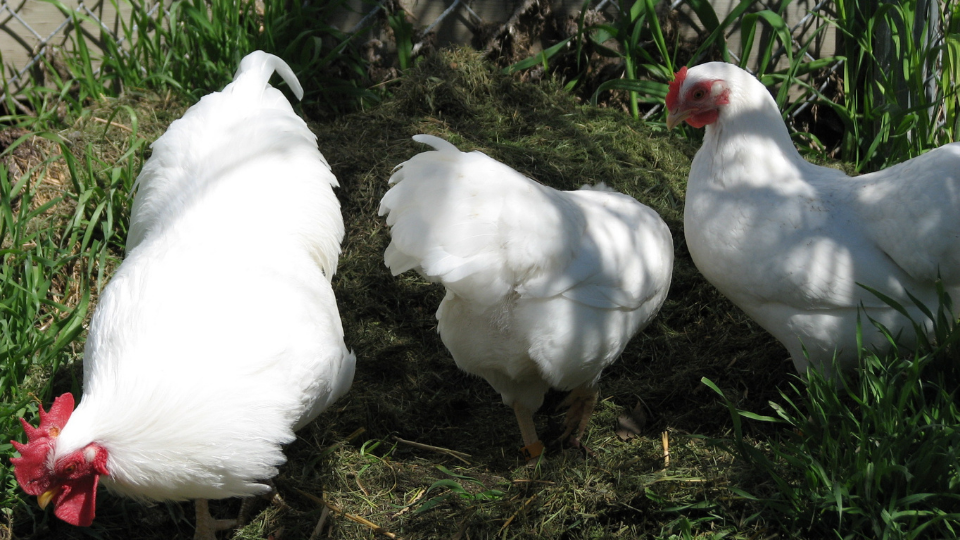Cook Smarter, Not Harder: Nine Time-Saving Cooking Tips

Meal preparation takes time, and it can be overwhelming on busy days. Consider these nine time-saving kitchen hacks, and say goodbye to kitchen stress and hello to more quality time at the table!
1. Prepare staple items (chicken, rice, beans, etc.) once a week.
It doesn’t take much longer to prepare extra. Brown rice takes 45-50 minutes to cook, which can be time-consuming if you do it several times a week. Prepare staple items in bulk, and add more time to your evenings.
2. Cook once, eat twice.
This easy shredded chicken recipe is perfect for cooking once and eating twice – or more! In 4-5 hours in the crock pot, you will have tender chicken for salads, burritos, tacos, sandwiches, and more.
3. Pre-cut fruits and vegetables.
This will give you easy add-ins to stir-fry recipes and side dishes. If you pre-chop produce once a week, it will make it easy to grab a handful and add it to your meals.
4. Freeze it.
If you’re going to make a meal, make a double recipe. You can eat one meal now, and freeze the other one to eat later.
5. Keep your pantry stocked.
Include food items you can add to recipes or supplements on the side to make a MyPlate (five food groups) meal. If your meal isn’t as well-rounded as you’d like, having a stocked pantry can make it easy to add something to the side or extend the food in a meal. For example, add black beans to your taco meat. You’ll use less meat and fill up on beans, which are generally less expensive and a great lean protein source!
6. Improve your cooking skills.
If you invest time learning to cook in different ways, you will readily know how to make a quick meal. You’ll also be able to cut down on prep time as you hone your skills.
7. Use leftovers as “planned overs.”
Leftovers aren’t always very enticing, but they can be more appealing if you have a purpose for the extra food. Leftover baked potatoes can become hash browns. Leftover roast beef can become a roast beef sandwich. Leftover taco filling can be used to top a salad. In general, leftovers should be kept in the refrigerator for no more than 3-4 days, or they should be frozen for later use.
8. Keep a list of “go-to-meals.”
Keep the ingredients on hand to make mealtime a breeze, even on crazy days. Easy go-to meals might include chicken fajitas, spaghetti, and breakfast for dinner. Include your family’s favorites in the rotation.
9. Keep a clean and organized kitchen.
Have you ever tried to find a recipe or cooking utensil to no avail? If you keep your kitchen and equipment organized, you can immediately start cooking rather than spending time searching for what you need.
Contact: Lea Palmer, Utah State University Extension Create Better Health assistant director, lea.palmer@usu.edu








